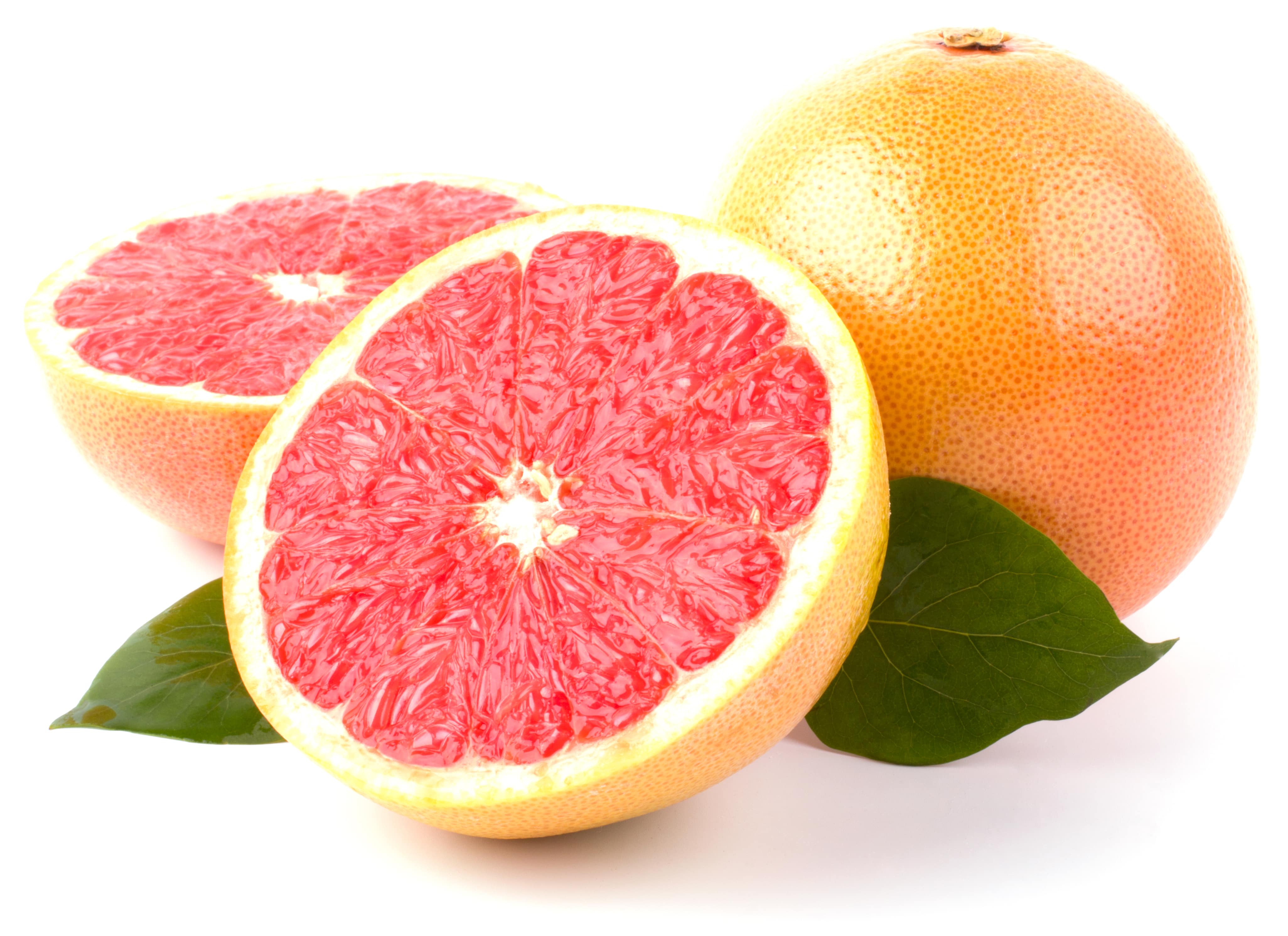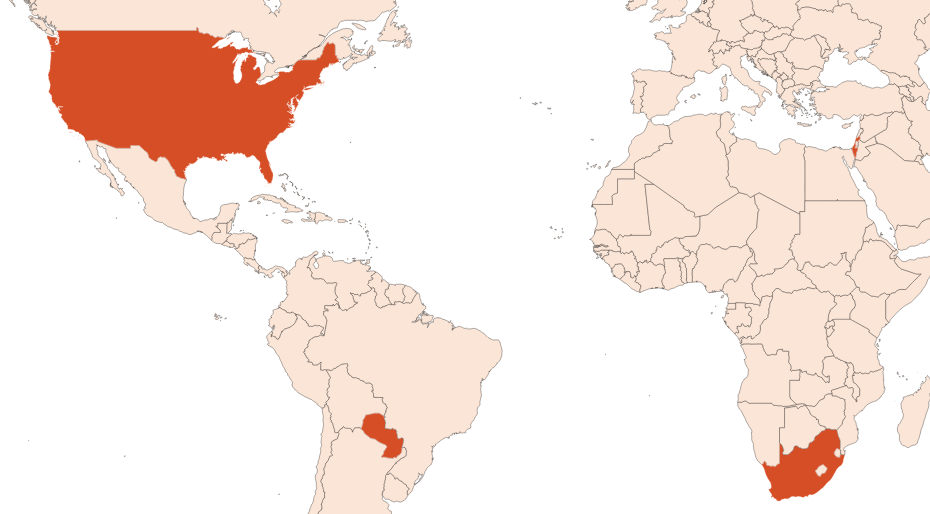Grapefruit EO
Naturelle
Citrus > Zesty > Grapefruit

Crédits photo: ScenTree SAS
Latin name :
Citrus grandis (L.) Osbeck
Botanical profile :
Grapefruit is the fruit of the grapefruit tree, a tree of the Rutaceae family and the Citrus genus.
Geographic origin :
Originally from Barbados, grapefruit is now grown in the USA (Florida), Brazil, Israel, South Africa and China
Chemotypes :
The genus Citrus includes the vast majority of citrus fruits and includes a large number of varieties available in perfumery:
Bergamot - (Citrus bergamia) is a hybrid of lemon and bitter orange, grown for the essential oil of its fruit and petitgrain.
Bitter orange or bigarade orange - (Citrus aurantium), grown in Spain and Florida.
Citron - (Citrus medica), grown in Italy (Sicily).
Lemon - (Citrus limon), cultured in Italy for the essential oil of its fruit and of its leafy twigs (Petitgrain).
Combava - (Citrus hystrix), grown in Thailand and India.
Lime - (Citrus aurantifolia), grown for its fruit in Mexico for the most part.
Mandarin - (Citrus reticulata), grown mainly in Italy for its fruit and for its petitgrain, by extracting the leaves from the tree. Its hybrid with sweet orange gave birth to clementine.
Orange - (Citrus sinensis) is famous for the cultivation of its fruits, whose juice and essential oil are extracted in Brazil and California in particular, which is the most used of all perfumes.
Grapefruit - (Citrus paradisii) of Malay origin, is cultivated for its essential oil in Brazil and Israel in particular.
Yuzu - (Citrus junos), produced in Japan and Korea.
Bergamot - (Citrus bergamia) is a hybrid of lemon and bitter orange, grown for the essential oil of its fruit and petitgrain.
Bitter orange or bigarade orange - (Citrus aurantium), grown in Spain and Florida.
Citron - (Citrus medica), grown in Italy (Sicily).
Lemon - (Citrus limon), cultured in Italy for the essential oil of its fruit and of its leafy twigs (Petitgrain).
Combava - (Citrus hystrix), grown in Thailand and India.
Lime - (Citrus aurantifolia), grown for its fruit in Mexico for the most part.
Mandarin - (Citrus reticulata), grown mainly in Italy for its fruit and for its petitgrain, by extracting the leaves from the tree. Its hybrid with sweet orange gave birth to clementine.
Orange - (Citrus sinensis) is famous for the cultivation of its fruits, whose juice and essential oil are extracted in Brazil and California in particular, which is the most used of all perfumes.
Grapefruit - (Citrus paradisii) of Malay origin, is cultivated for its essential oil in Brazil and Israel in particular.
Yuzu - (Citrus junos), produced in Japan and Korea.
Extraction process :
Grapefruit is a fruit that can grow up to 15 centimetres in diameter. The cultivation of this fruit requires sunshine and great periods of heat.
The fruits are grown from January to June. A second harvest can happen if the weather conditions are favourable. Harvest can be done manually or mechanically according to the growers. In the case of a mechanical cultivation, a tractor passes between the tree rows to shake the fruits and collect them into a receptacle. The fruits are transported to the factory where they are sorted and washed with water.
The second step is to squeeze the essential oil of the citrus zest in a sfumatrice. Then, the essential oil and zest debris are washed away to a centrifuge to separate the oil from the water and the waxes. After that, the essential oil is collected.
The yield of grapefruit essential oil is between 0.16 and 0.2%.
Grapefruit can be deterpened by fractional distillation of the essential oil to separately collect grapefruit terpenes and a deterpenated essential oil, which concentrates the essential oil aldehydes, giving it more power.
The fruits are grown from January to June. A second harvest can happen if the weather conditions are favourable. Harvest can be done manually or mechanically according to the growers. In the case of a mechanical cultivation, a tractor passes between the tree rows to shake the fruits and collect them into a receptacle. The fruits are transported to the factory where they are sorted and washed with water.
The second step is to squeeze the essential oil of the citrus zest in a sfumatrice. Then, the essential oil and zest debris are washed away to a centrifuge to separate the oil from the water and the waxes. After that, the essential oil is collected.
The yield of grapefruit essential oil is between 0.16 and 0.2%.
Grapefruit can be deterpened by fractional distillation of the essential oil to separately collect grapefruit terpenes and a deterpenated essential oil, which concentrates the essential oil aldehydes, giving it more power.
Major Components :
D-Limonene (90-95%)
Myrcene (≈2%)
Hexadecenal (≈0,5%)
Alpha-Pinene (≈0,5%)
Small quantities of Nootkatone and Aldehyde C-8
Myrcene (≈2%)
Hexadecenal (≈0,5%)
Alpha-Pinene (≈0,5%)
Small quantities of Nootkatone and Aldehyde C-8
- Uses in perfumery :
- Used in fresh, citrusy and cologne notes for a fruity facet.
- Other comments :
- Grapefruit comes from a hybridization between grapefruit and Sweet Orange EO. It was crossed for the first time in 1750 in Barbados, hence its original name of ''Barbados grapefruit ''. Its name is taken from Dutch.
Florida is the largest producer of grapefruit.
Grapefruit can be used to extract natural D-Limonene, although orange is preferred, as it concentrates more.
The molecule that gives grapefruit its olfactory typicity is Nootkatone, present at 1% in the essential oil.
Citrus currently suffer from a disease called ''citrus greening ''. This disease is deadly for citrus fruits and no treatment exists. It is transmitted by a vector insect that attacks young shoots: the psylla. This results in the premature death of many trees and therefore the decline in the general production of the essential oil and its quality (reduction of the D-Limonene level). - Volatility :
- Head
- Appearance :
- Colorless liquid
- Stability :
- Solubility issues in perfumes
Citruses tend to fade through time in perfumes
Limonene tends to convert into Carvone through time, and to give a minthy note to the oil - Price Range :
- €€
- Aromatherapy :
Informations provided below are taken from reference works in aromatherapy. They are given for information purposes only and can not constitute medical information, nor engage the responsibility of ScenTree.
Grapefruit is indicated as an aerial antiseptic, to disinfect premises.

Crédits photo: ScenTree SAS
- EINECS number :
- 90045-43-5
- FEMA number :
- 2530
- Allergens :
- D-Limonene
- IFRA :
- This ingredient is not restricted
To learn more about IFRA's standards : https://ifrafragrance.org/safe-use/library
ScenTree is solely responsible for the information provided here.



